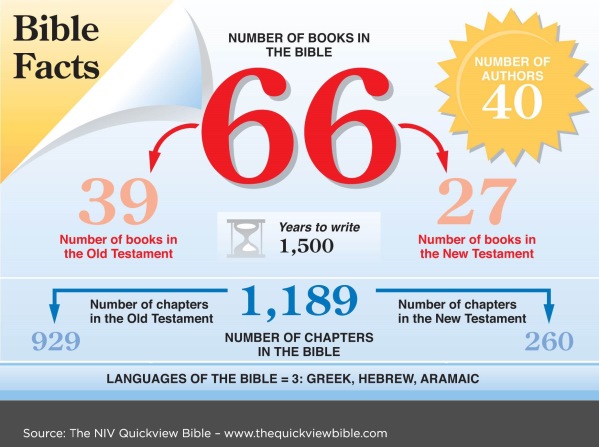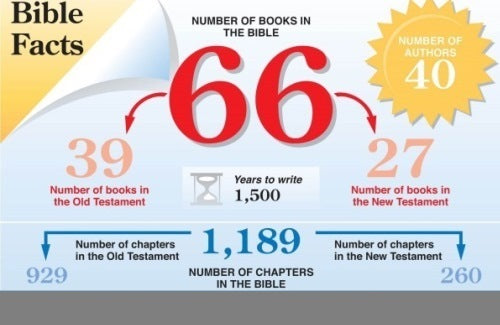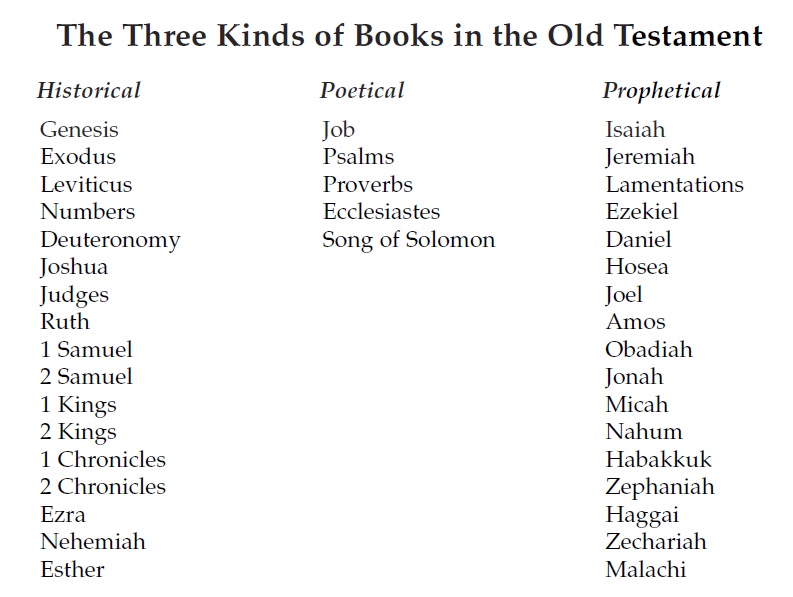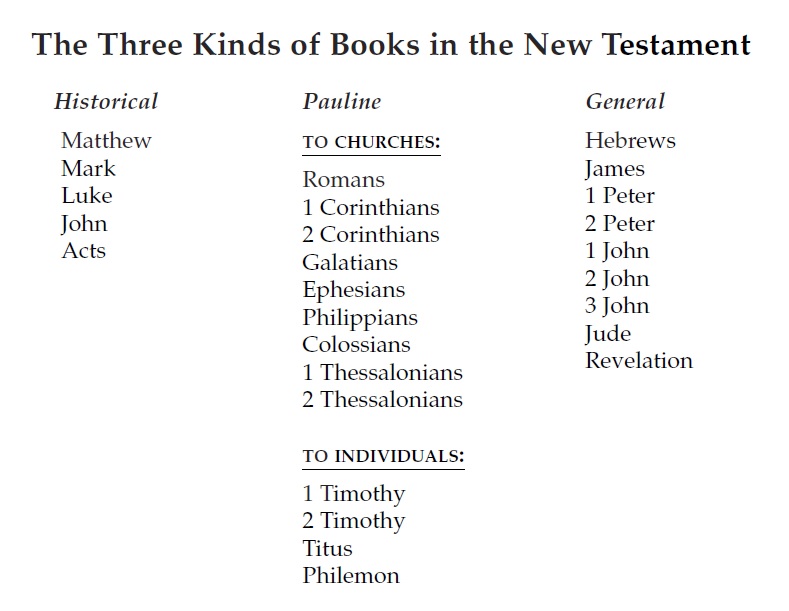 Editor’s note: As I was sitting at my kitchen table preparing for this Bible study from 30 Days to Understanding the Bible, my husband picked up the book next to my cup of coffee, scanned the first few chapters, and pronounced, “This is a Bible Study for exactly how my brain works.” Now granted, he’s an environmental scientist who loves charts, graphs, and maps, but I had to agree with him that he is a visual learner, and this book does an awesome job of helping you “see” the Bible’s overarching themes and history. If you too are a visual learner, 30 Days to Understanding the Bible will help you enjoy the word of God in a whole new way. This week we present to you this exclusive excerpt from Max Anders’ widely popular book. ~Jaime Guthals, FaithGateway.com
Editor’s note: As I was sitting at my kitchen table preparing for this Bible study from 30 Days to Understanding the Bible, my husband picked up the book next to my cup of coffee, scanned the first few chapters, and pronounced, “This is a Bible Study for exactly how my brain works.” Now granted, he’s an environmental scientist who loves charts, graphs, and maps, but I had to agree with him that he is a visual learner, and this book does an awesome job of helping you “see” the Bible’s overarching themes and history. If you too are a visual learner, 30 Days to Understanding the Bible will help you enjoy the word of God in a whole new way. This week we present to you this exclusive excerpt from Max Anders’ widely popular book. ~Jaime Guthals, FaithGateway.com
* * *
Many years ago, I decided I was going to master the Bible. I was going to begin with Genesis and read through Revelation, and I wasn’t going to put it down until I understood it. I soon became hopelessly entangled in a jungle of fantastic stories, unpronounceable names, broken plots, unanswered questions, and endless genealogies. I stubbed my toe on Leviticus, sprained my ankle on Job, hit my head on Ecclesiastes, and fell headlong into the mud on Habakkuk.
I was defeated. I threw my Bible down, concluding that the Bible was a series of unrelated stories put together in random order!
The one day I discovered a key. With this key, the fog that enshrouded my understanding of the Bible began to lift. Not that things came into sharp focus, but at least I began to see shapes on the horizon.
The key: Learning the structure of the Bible. If you want to learn architecture, you must first learn how the buildings are put together. If you want to learn sailing, you must first learn how ships are put together. And if you want to learn to understand the Bible, you must first learn how the Bible is put together.
The Old and New Testaments
The Bible has two major divisions: the Old Testament and the New Testament. The Old Testament begins with creations and tells the story of the Jewish people up to the time of Christ. It is made up of thirty-nine individual “books” (the Book of Genesis, the Book of Exodus, etc.) written by twenty-eight different authors and spans a period of over two thousand years.
The New Testament is the records of the birth of Jesus, His life and ministry, and the ministry of His disciples, which was carried on after Jesus was crucified. The New Testament is composed of twenty-seven books written by nine different authors and covers a time period of less than one hundred years. The total number of books in the entire Bible is sixty-six.
SELF-TEST
How many?
______ books in the Old Testament
______ books in the New Testament
THE OLD TESTAMENT
Here is the key to understanding the Old Testament. Of the thirty-nine books in the Old Testament, there are three different kinds of books: Historical Books, Poetical Books, and Prophetical Books.
What kind of information would you expect to find the Historical Books? . . . history!
What kind of information would you expect to find in the Poetical Books? . . . poetry!
What kind of information would you expect to find in the Prophetical Books? . . . prophecy!
If you know what kind of book you are reading, then you will know what kinds of information to expect, and you can easily follow the logical flow of the Old Testament.
. . . the first seventeen books are historical,
. . . the next five books are poetical, and
. . . the next seventeen books are prophetical!
This is somewhat oversimplified, because there is some poetry in the Historical Books, and some history in the Prophetical Books, etc. The point is, however, that each of the books fits into a primary category. If you keep this structure in mind, the Old Testament will begin to take shape for you.
My mistake was in assuming that the whole Old Testament was one long, unbroken story and that the history would flow evenly and consistently out of one book into the next until they were all finished. Now I know that the story line is contained in the first 17 books.
THE NEW TESTAMENT
Of the twenty-seven books of the New Testament, there are also three different kinds of books: Historical Books, Pauline Epistles, and General Epistles:
- The Historical Books are the four Gospels and the Acts of the Apostles.
- The Epistles were letters written to various individuals and church congregations.
- The Pauline Epistles were letters written by the apostle Paul.
- The General Epistles were letters written to individuals and congregations by a number of different people, hence the rather generic name General Epistles
The primary content in all the Epistles is instruction on Christian doctrine.
What kind of information would you expect to find the Historical Books? . . . history!
What kind of information would you expect to find in the Pauline Books? . . . instruction!
What kind of information would you expect to find in the General Epistles? . . . instruction!
In the New Testament:
. . . the first five books are Historical Books,
. . . the next 13 books are Pauline Epistles, and
. . . the next nine books are General Epistles!
If you want to read the story of Jesus and the Church He established, you must read the first give books of the New Testament. These five books form the historical framework for understanding the entire New Testament!
If you want to read the apostle Paul’s instruction to churches and individuals, you must read the next 13 books.
If you want to read the instruction to the churches and individuals by men like the apostles Peter and John, you must read the final nine books of the New Testament.



